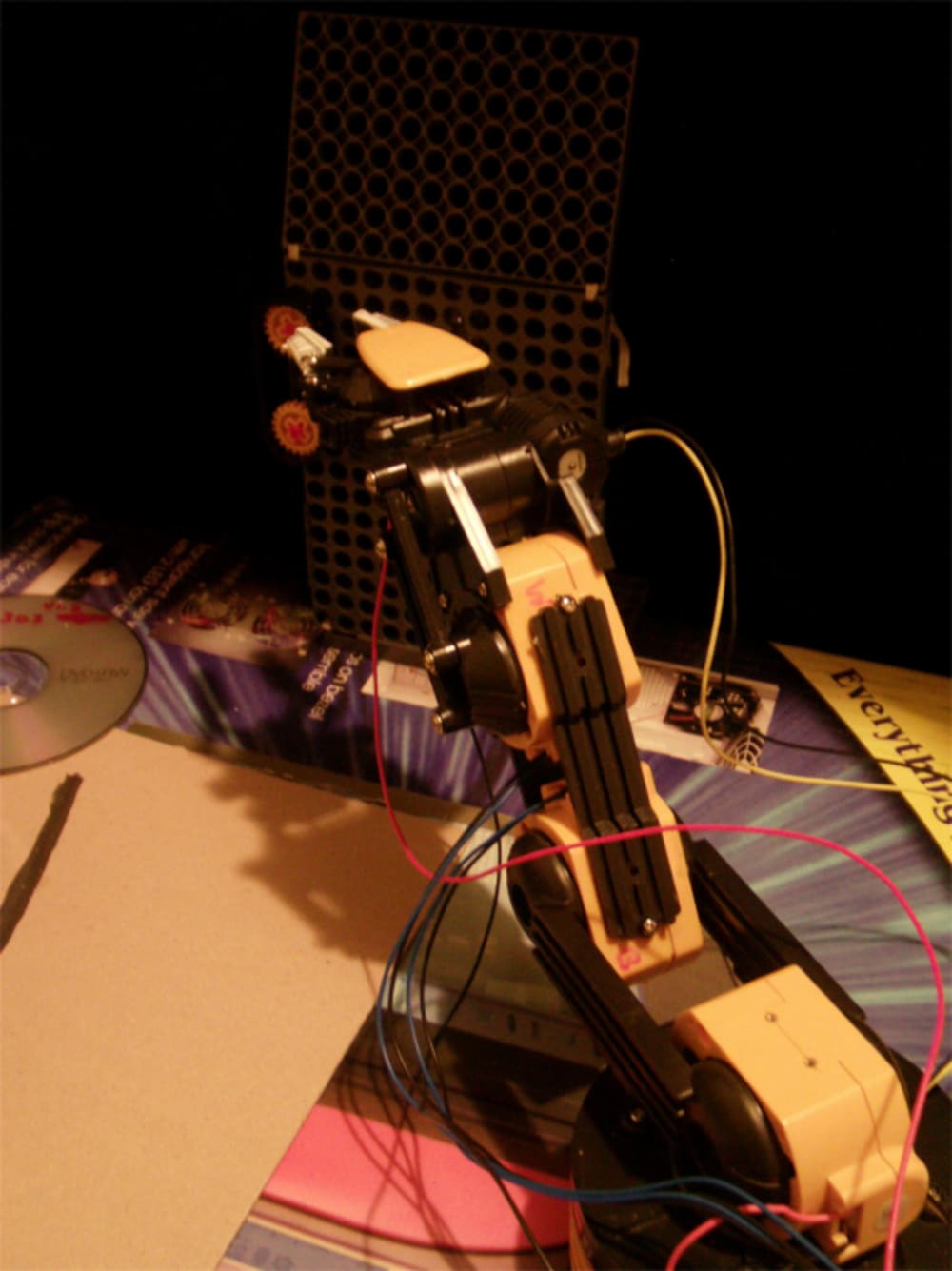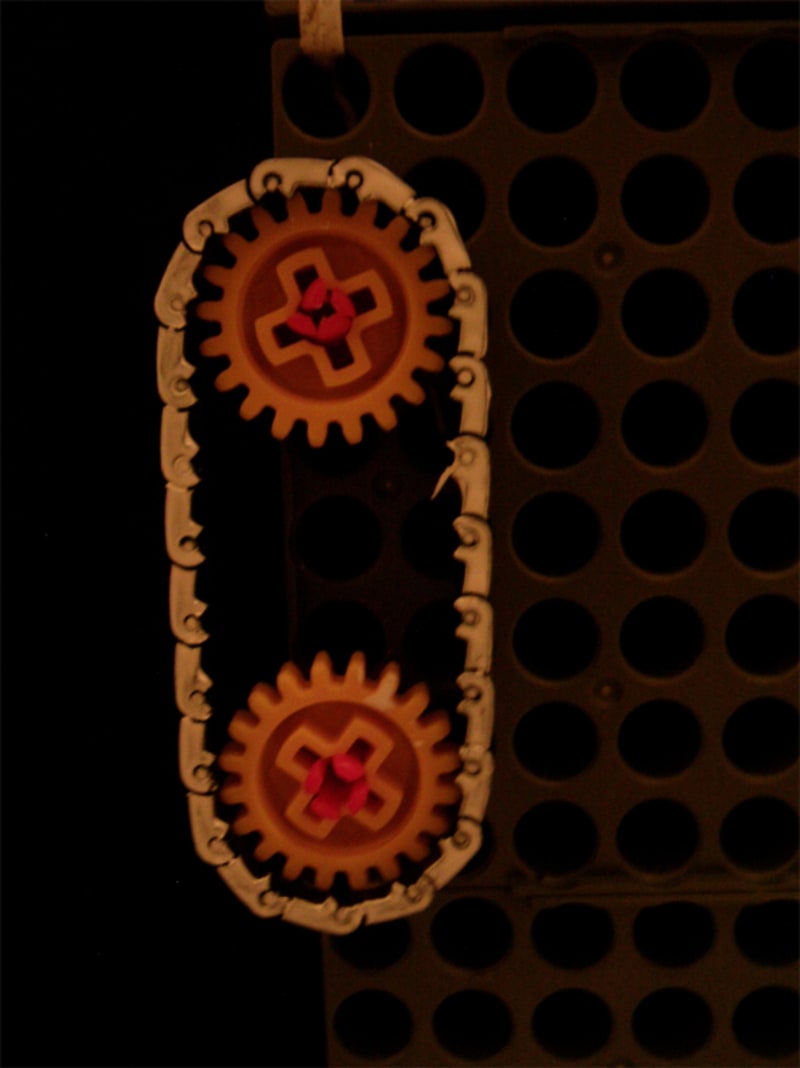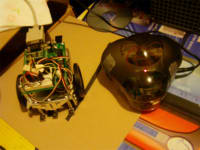Robot For The Home: Doorbot
For people with limited or no mobility, opening a door to let someone enter can be a difficult task. That problem is becoming more prevalent as our population ages, and as our troops return home with debilitating injuries. Doorbot is designed to address the problem.
Automating the door-opening process frees the user from having to struggle to get up, walk to the door, and open it. Automating the process also means weak or damaged limbs are not being stressed unnecessarily. For those who are completely bedridden with no mobility, there is no need to have someone available at all times to perform the door-opening function.
I know of no commercial robot or machine that performs the door-opening function. Existing home robots perform tasks such as vacuuming, lawn mowing, cleaning floors, and acting as companions and amusements.
Currently, Doorbot is designed for use in single-floor units like apartments, hospital rooms and Senior-living facilities. An option under consideration would allow Doorbot to be used via remote control for use in multi-story units.
Doorbot mobility will be via a track like those used for model trains. That is a simple, innovative method that greatly reduces the complexity of the Doorbot software because the only commands needed for mobility are “Forward” and “Reverse”. Another innovation involves the door locks. The door is modified slightly to allow some types of locks to be linked together so that turning one will simultaneously turn others. Doorknob “button” locks that are pushed in or turned will not work with that concept; they should be eliminated or made non-functioning. A third innovation also involves the door. It will have a small camera installed in place of a peephole, so the Doorbot user can see who is at the door by using an Operator Display located at bedside.
To activate Doorbot, the user simply turns it on via a switch on the robot. When activated, Doorbot follows the track to the door, turns the locks via its’ Rotating-Wrist Manipulator, then reverses a little bit to pull the door partially open. After the guests enter and shut the door, Doorbot will return to the user’s bedside where it will be turned off until needed again. An optional Camera System on Doorbot will allow the user to view the guests, via the Operator Display at bedside, as they progress through the living space.
Because of the simplicity of its’ design, Doorbot will be produced mostly using off-the-shelf hardware, including the Controller. The software is simple enough to be a cost-effective custom solution, although there are probably programs out there that could be modified slightly. Production cost compares favorably with existing home robots costing $200 - 400 USD. Getting Doorbot classified as an “Assistive Technology Device” (ATD) will allow it to be purchased using medical insurance either fully or partially.
There are hundreds of millions of people around the world who are aged, diseased, and/or injured, with limited or no mobility. The potential market is huge!
Like this entry?
-
About the Entrant
- Name:Ernest V Glover Sr
- Type of entry:individual
- Software used for this entry:Microsoft Visio; Sony Camera; Corel Word Perfect; OWI Robot ARM Edge USB version; BOE-BOT; PICOBOTZ
- Patent status:pending








